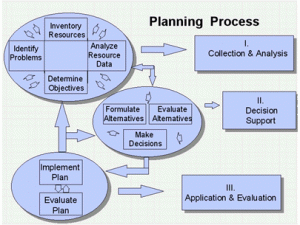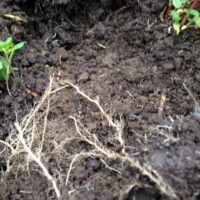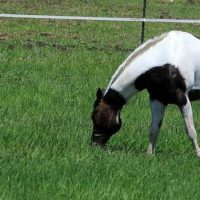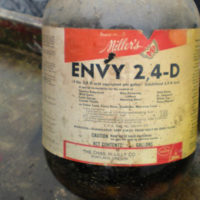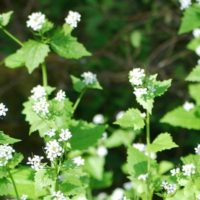SWAPA+H
An evaluation and planning framework used by the USDA Natural Resources Conservation Service is called SWAPA+H. The letters stand for Soil, Water, Air, Plants, Animal, and Human resources. When we develop conservation plans, SWAPA+H helps us remember to look at all of the resources present or available on your land.
Nine-step planning process
For large-scale plans, our conservationists have been trained in the three-phase, nine-step planning process used across the country by the USDA Natural Resources Conservation Service and partner conservation districts. There are three phases to the nine-step planning process, and although they are presented here in a linear manner, the actual planning process is much more dynamic.
Phase I – Collection and Analysis (Understanding the Problems and Opportunities)
1. Identify Problems
2. Determine Objectives
3. Inventory Resources
4. Analyze Resource Data
Phase II – Decision Support (Understanding the Solutions)
5. Formulate Alternatives
6. Evaluate Alternatives
7. Make Decisions
Phase III – Application and Evaluation (Understanding the Results)
8. Implement the Plan
9. Evaluate the Plan
A cyclic, dynamic process
It is a cycling process, repeating as needed to arrive at conservation solutions that address the resource issues and meet your needs.
For smaller projects, our planners may not perform a full nine-step process on paper, but that knowledge is present in the background while they help you.
Get Started Now!
Want to get started doing some of this work on your own? You’ll find the information provided in the STEPS program a great help.

